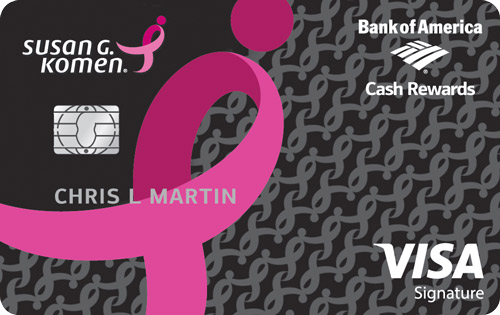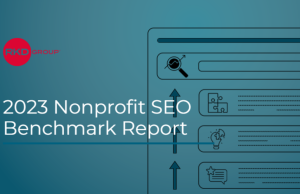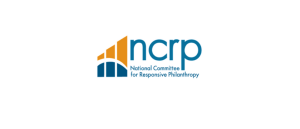Affinity credit cards still work for breast cancer charity Susan G. Koman despite some of the negative buzz about them, according to Christina Alford, senior vice president. SGK’s card is part of a broader relationship with Bank of America. It has brought in $8 million since its launch in 2009 and has included ancillary benefits such as indirect marketing and donor engagement.
Despite these potential benefits, charity affinity credit cards have been the subject of public criticism over the years, numerous reports and news articles pointing at the relatively small per-dollar contribution to the participating charities. Leaders at CharityWatch, a Chicago, Ill.-based watchdog group, have not actively tracked cards, but have generally recognized cards as not being a particularly effective way of supporting organizations.
“If an individual is really interested in maximizing charitable giving and they are relying on an affinity credit card to do that, it probably doesn’t really do that,” said Stephanie Kalivas, analyst.
Kalivas recently took time to review affinity credit card terms and could not find rates better than 0.08 cents on the dollar, she said. That means that if a donor spent $10,000 with the card each year the charity would get just $8. Such low payouts might make cards a solid means of buttressing donors’ philanthropy without much additional thought.
Kalivas suggested that consumers find cards with the best cash-back rates and then take the extra step of donating those dollars directly to charity. “Understand and know your own benefit,” Kalivas said. “Go with the one that makes more funds for you to take the extra step to deliver that money. If you know you won’t remember, maybe [an affinity card] makes sense.”
Alford has heard such pros and cons, but disagrees with the notion that there is a “best way to give.” Allowing supporters to enjoy the same rewards and rates as they would otherwise receive with other credit cards, all while tallying up dollars for the organizations seems to be a win-win.
“I don’t know of a better way for people to engage without really thinking about it,” she said.
Komen has found particular success in marketing cards to participants of its 3-Day events. Supporters willing to walk 60 miles in three days are fair bets to be willing to use a credit card emblazoned with the organization’s pink ribbon, according to Alford. Little else has changed with the organization’s marketing of the card, aside from increased focus on digital and social-media marketing. Supporters can now activate cards by texting KOMEN to 42690.
Banks tend to pave the paths for the cards and Alford said that there is no indication that the cards or the strategy associated with them will change in the coming years. “There’s no magic 8-ball,” she said. “For us, it’s about providing deeper levels of engagement.”
That engagement includes a larger partnership with Bank of America. The financial giant, in addition to partnering on the card, has funded mission work, engaged customers during Breast Cancer Awareness Month, and sponsored events across the country, including Race For The Cure.
The Komen card has also built a dedicated following. Komen’s target supporter audience tends to be women between the ages of 35 and 55, the precise demographic that typically makes the bulk of household retail purchases. The intersection makes for a “beautiful alignment,” Alford said.
Cards also allow supporters to publicly display their support and also have the indirect marketing benefit of creating conversation starters at the checkout line. Anecdotally, Alford said that she is often asked about her card while getting rung up at the store.
“It does the marketing for itself when you use it,” she said. “That, to us, is one of the values.”Nonprofit Affinity Credit Cards Still Bring Engagement, Cash










